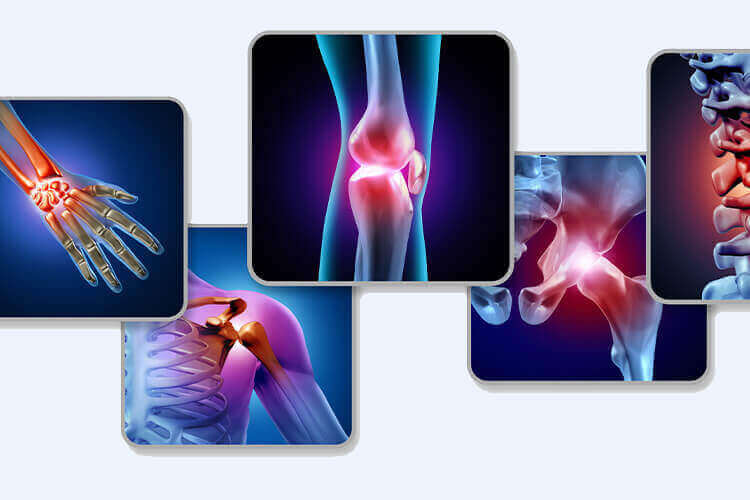Joint Surgery Operation in Türkiye: Causes and Treatment
The human body is a marvel of engineering. Joints, the points at which two bones come together, play a critical role in enabling our wide range of movements, from walking to grasping objects. However, with age, overuse, or injury, these joints can become damaged, leading to pain, stiffness, and decreased mobility. When non-surgical treatments no longer alleviate these symptoms, joint surgery becomes a potential solution. In this article, we'll explore the basics of joint surgery, its benefits, and the recovery process.
Understanding Joint Surgery
Joint surgery encompasses a range of procedures aimed at repairing or replacing damaged joints to restore function and alleviate pain. The most common joint surgeries are:
- Arthroscopy: A minimally invasive procedure where small incisions are made to insert a camera and specialized tools, allowing the surgeon to visualize and treat problems inside the joint.
- Joint Resurfacing: Damaged parts of the joint are removed and replaced with metal or plastic components, preserving as much natural bone as possible.
- Joint Replacement (Arthroplasty): In more severe cases, the entire joint may need replacement. This is common for hips and knees.
Benefits of Joint Surgery
- Pain Relief: One of the primary reasons people opt for joint surgery is to alleviate chronic pain, which can significantly impact daily life.
- Restored Mobility: Joint damage can lead to stiffness and reduced range of motion. Surgery can help patients regain their previous mobility levels.
- Improved Quality of Life: By alleviating pain and restoring function, surgery can help individuals return to their regular activities, hobbies, and overall improve their well-being.
Preparing for Joint Surgery
Before undergoing surgery, a series of diagnostic tests, including X-rays, MRIs, and blood tests, may be performed to get a clear picture of the joint's condition. Patients may also need to:
- Undergo a physical evaluation.
- Adjust current medications.
- Stop certain activities or start pre-surgery physical therapy.
The Recovery Process
Recovery after joint surgery varies depending on the specific procedure and the individual's overall health. Some general guidelines include:
- Post-Surgery Hospital Stay: Depending on the surgery's complexity, patients might stay in the hospital for a few days for monitoring.
- Physical Therapy: Rehabilitation is crucial after joint surgery. A physical therapist will guide patients through exercises to strengthen the joint and improve flexibility.
- Pain Management: Some pain and discomfort are expected after surgery. Doctors will prescribe medications to manage pain and reduce inflammation.
- Follow-up Visits: Regular check-ups will be scheduled to monitor the joint's healing and ensure there are no complications.
Conclusion
Joint surgery can be a life-changing procedure, offering relief from chronic pain and restoring mobility. As with any medical decision, it's crucial to be informed and weigh the benefits against potential risks. If you or a loved one is considering joint surgery, consult with an orthopedic surgeon to understand the best options for your unique situation. Remember, the goal is to improve quality of life, and with the advancements in medical technology and surgical techniques, many are finding the relief they've longed for through joint surgery.
Individuals may need joint surgery due to chronic pain, reduced mobility, joint damage from arthritis, injury, overuse, or other degenerative joint conditions that do not respond to non-surgical treatments.
The most common types include:
- Arthroscopy: Minimally invasive surgery to diagnose and treat joint issues.
- Joint Resurfacing: Removing damaged parts and replacing them with artificial components.
- Total Joint Replacement: Replacing the entire damaged joint with an artificial one.
Recovery times can vary based on the specific procedure and the patient's health. Generally, minimally invasive surgeries have shorter recovery times, while joint replacements may require weeks to months of rehabilitation.
Yes, physical therapy is typically a crucial part of the recovery process. It helps strengthen the joint, improves flexibility, and ensures the best possible post-surgical outcomes.
While the longevity of artificial joints can vary, many last for 15-20 years or more. Advances in materials and surgical techniques continue to improve the lifespan of these joints.
Many patients return to their regular activities after joint surgery, including sports. However, the timeline and the type of activities that are safe will depend on the specific surgery and individual recovery.

